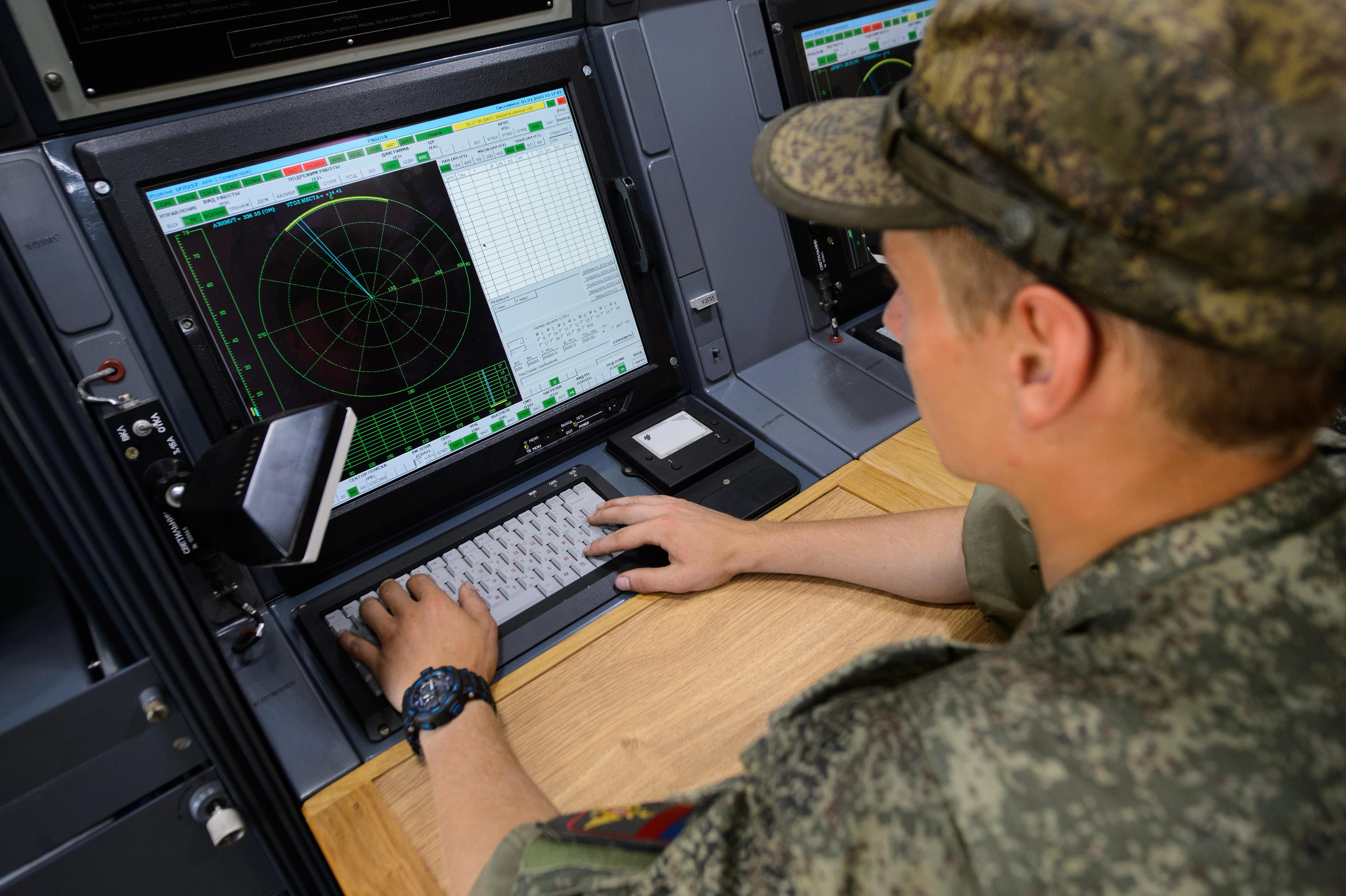
Predictions about an increase in attacks on space capabilities made over the last five years are proving true, say a pair of new reports issued by Washington, D.C.-based think tanks April 4.
The Center for Strategic and International Studies (CSIS) and the Secure World Foundation (SWF) both issued annual studies assessing space threats. But this year, the authors contend, past predictions are aligning with new evidence of incidents.
Part of that comes from the rise in sharing of information by commercial space companies. As Aviation Week has reported, Hawkeye 360 satellites detected GPS interference along the border between Ukraine and Belarus shortly before Russia invaded Ukraine on Feb. 24.
The report by CSIS elaborates with more prior jamming incidents, citing reports from the Organization for Security and Cooperation (OSCE) in Europe. In December 2020, OSCE confirmed a Russian R-330Zh Zhitel jamming communication station, made by the Russian company Protek, in the area. Krasukha-4 electronic warfare system, used to jam airborne radars, also were seen in southern Belarus. In January 2022, the U.S. Ambassador to the OSCE Michael Carpenter said, “Monitors noted GPS instances of GPS signal interference caused by probable jamming.”
Hawkeye 360 analyzed data between Nov. 13, 2021, and Dec. 1, 2021, overlaying UAS-reported GPS outages on radio frequency interference detected by satellites and indicated by ellipses on a map.
“Separately, we worked with imagery analysts within CSIS who were looking at Russian forces in Ukraine,” said Todd Harrison, director of the Aerospace Security Project at CSIS. “They were able to identify the actual jammer systems that Russia had amassed on the eastern border of Ukraine.”
In the past, governments would have collected this information alone, but now commercial companies conducting signals intelligence and electronic intelligence are making the data more available to the public, said Brian Weeden, director of program planning at SWF.
It shows in part how common jamming has become, Harrison said, calling it a “routine form of gray-zone aggression,” similar to the recent cyberattack on Viasat modems that brought down its communication network but did not put anyone’s life at risk.
Victoria Sampson, SWF Washington office director, agreed. “It’s just one of those things that, you know, we’ve seen in tabletop exercises,” she said. “Jamming and cyberattacks are seen as usable counterspace weapons and something like a direct ascent, or a co-orbital [spacecraft] is considered less usable,” given that the source of the attack would be obvious.





